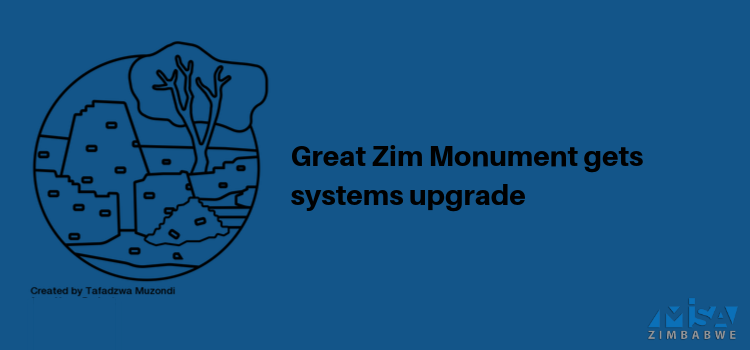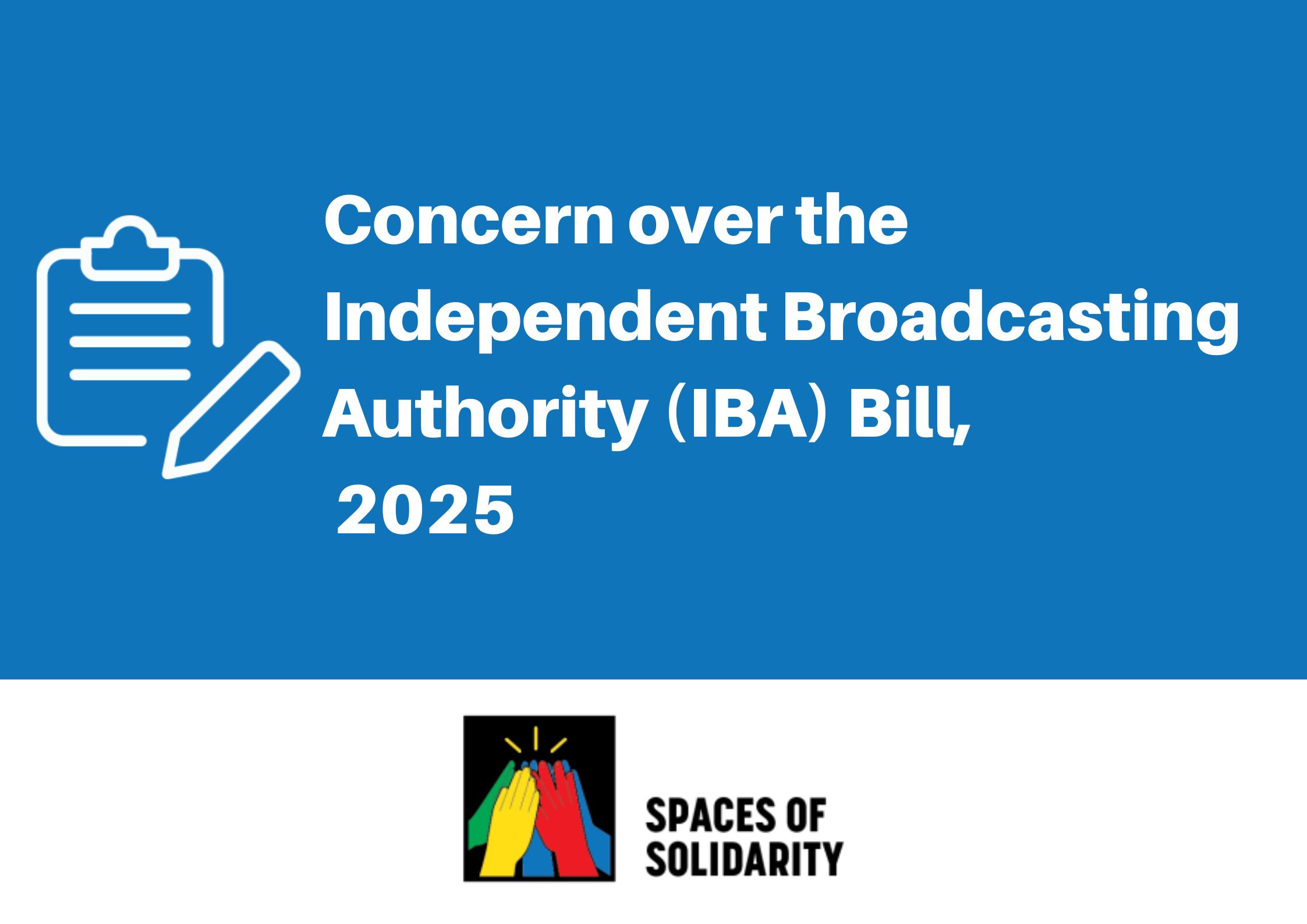By Walter Mswazie
THE Great Zimbabwe Monument has installed modern security surveillance equipment under the US$475 000 United States Embassy funding towards cultural preservation.
US Ambassador to Zimbabwe, Mr Brian Nichols, unveiled the fund last year during his visit to the UNESCO-recognised heritage site, which is one of the country’s major tourist attractions. In an interview, National Museums and Monuments provincial director, Mr Lovemore Mandima, said the installation was done by experts from Italy with the second phase of the two-year project set to be done later this month.
He said the project covers monitoring, preservation and removal of lantana camara, a dangerous weed.
“As part of the US$475 000 grant, the monuments have installed monitoring equipment, courtesy of the Italian experts,” said Mr Mandima.
He said the contractor has completed installing the monitoring equipment at the Hill Complex and the surveillance system at four places.
“We are actually on course on this project as we are expected to complete the total work next year. The experts have installed surveillance equipment at the Hill Complex where four areas have been covered. The experts have installed monitoring system at the first eastern enclosure, western and recess enclosures,” said Mr Mandima.
“There are also first user wires connected to a data locker and they are 16 in number with five connected to the antenna. The wires are also connected to the museum and they send information to the antenna after every four hours.”
He said the new monitoring system, which is one of the three phases to be attended to at the monuments, was going to add value to the surveillance system.
“The new monitoring system has added value to the manual surveillance equipment that we already had. It will help us in checking whether the walls are moving or not without necessarily moving to the walls.
“We can now monitor the monuments even in the comfort of our offices and be able to tell what is needed if there is a problem,” said Mr Mandima.
The grant would also help in the training of personnel on how to preserve the monuments to world standards. The Ambassador’s Fund for Cultural Preservation assists individuals and organisations to preserve museum collections, ancient and historic sites and traditional forms of expression thereby reinforcing cultural identity and community solidarity.
This article was originally published in The Chronicle on 8 October 2019. The author is a Masvingo Correspondent for the paper.









